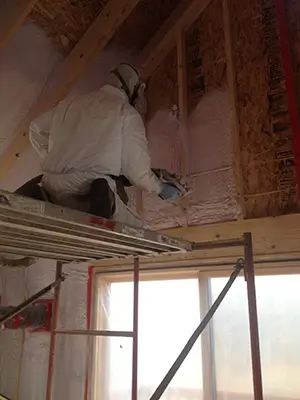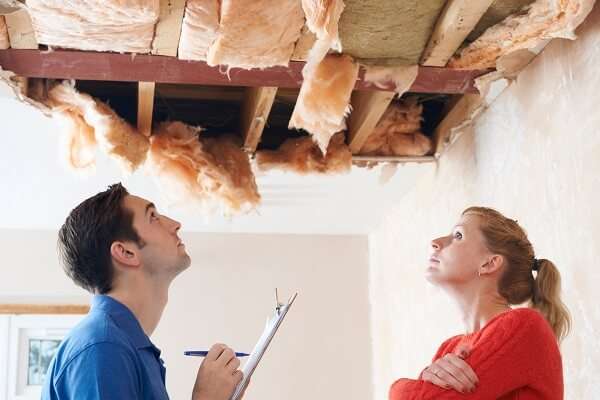Winter is quickly approaching here in Minnesota, which means now is the time to prepare your home for the harsh weather to come. Have you noticed drafts coming in through your attic making your home feel chillier? Don’t spend a fortune on energy bills this winter, instead allow Lewis Insulation to replace your residential insulation in St. Michael or the surrounding areas!
Inadequate insulation can increase your energy bills. In fact, an estimated 75% of heat can be saved with effective insulation! Think of how much you could cut down on your energy bills by saving three quarters of your heat.
Additionally, by requiring less energy to heat your home, you can actually reduce your carbon footprint! New insulation for your home can help you become more environmentally friendly while also saving you money.

Even if you are thinking of selling your home soon, investing in new insulation is still a good thing to consider. On average, home value increases $20 for every $1 reduction in annual utility bills. With how much heat you’ll save thanks to your new insulation, the value of your home should jump up as well!
New insulation may seem like a large investment to start, but once you factor in monthly savings on your energy bills, you’ll see the return on investment is quick and high! New insulation is one of the best investments you can make in your home this time of year, as energy prices continue to rise, and cold weather is here to stay.
Each home is different, meaning that the right insulation could vary from your house to your neighbors’. Here at Lewis Insulation, not only are we ready to help you prepare your home for the upcoming winter by replacing your old insulation, but we can also help you determine which insulation is the best fit for your house and needs!
So, give us a call today to learn more about how new insulation can protect you from skyrocketing energy costs this winter. We are happy to talk more about the benefits of new insulation before the coldest months of the year or discuss the specific needs of your home!
When it comes time to install or replace residential insulation in your home in St. Michael or the surrounding areas, choose the best. Call Lewis Insulation today at 763-477-2612 or contact us!




